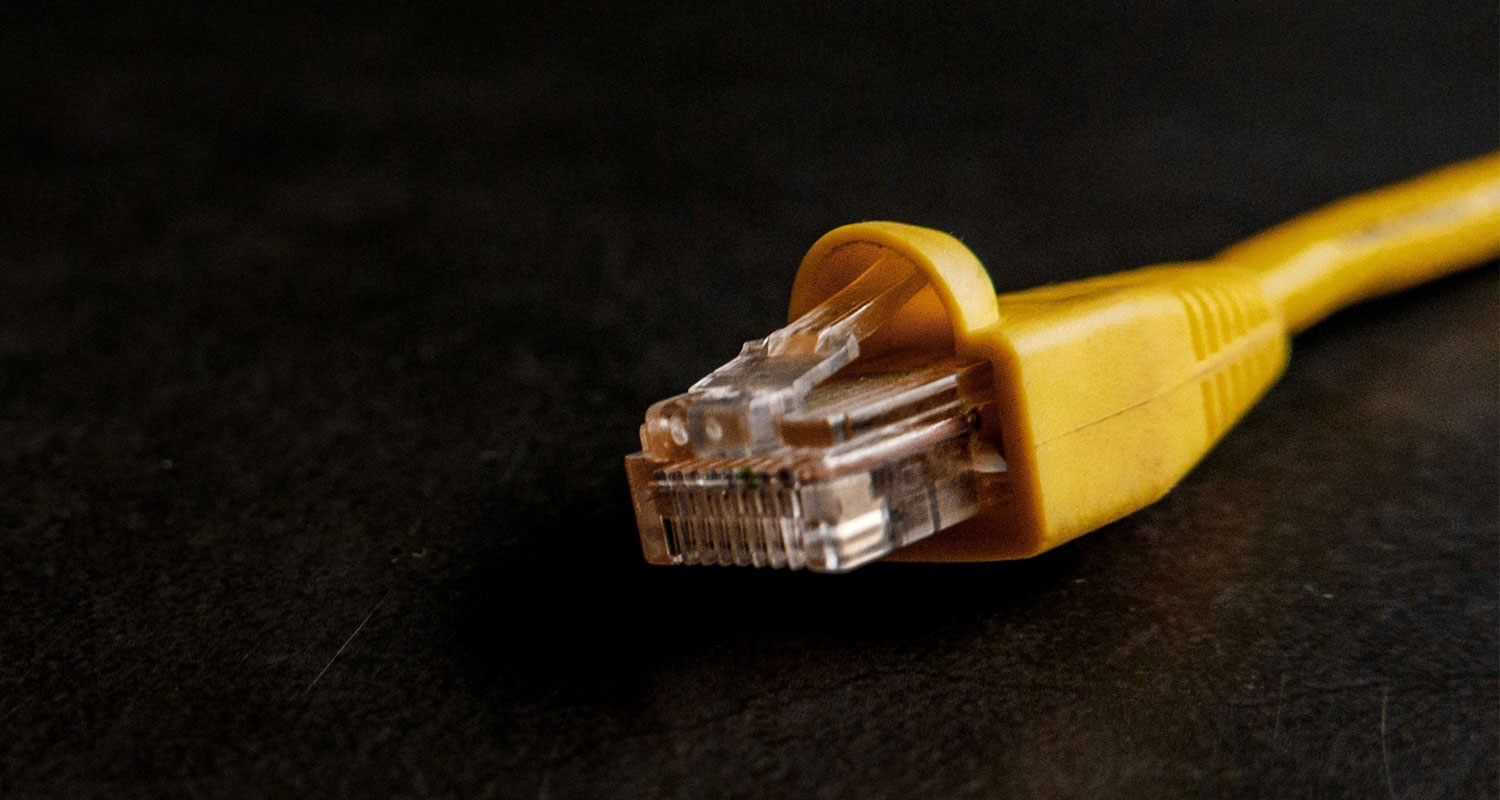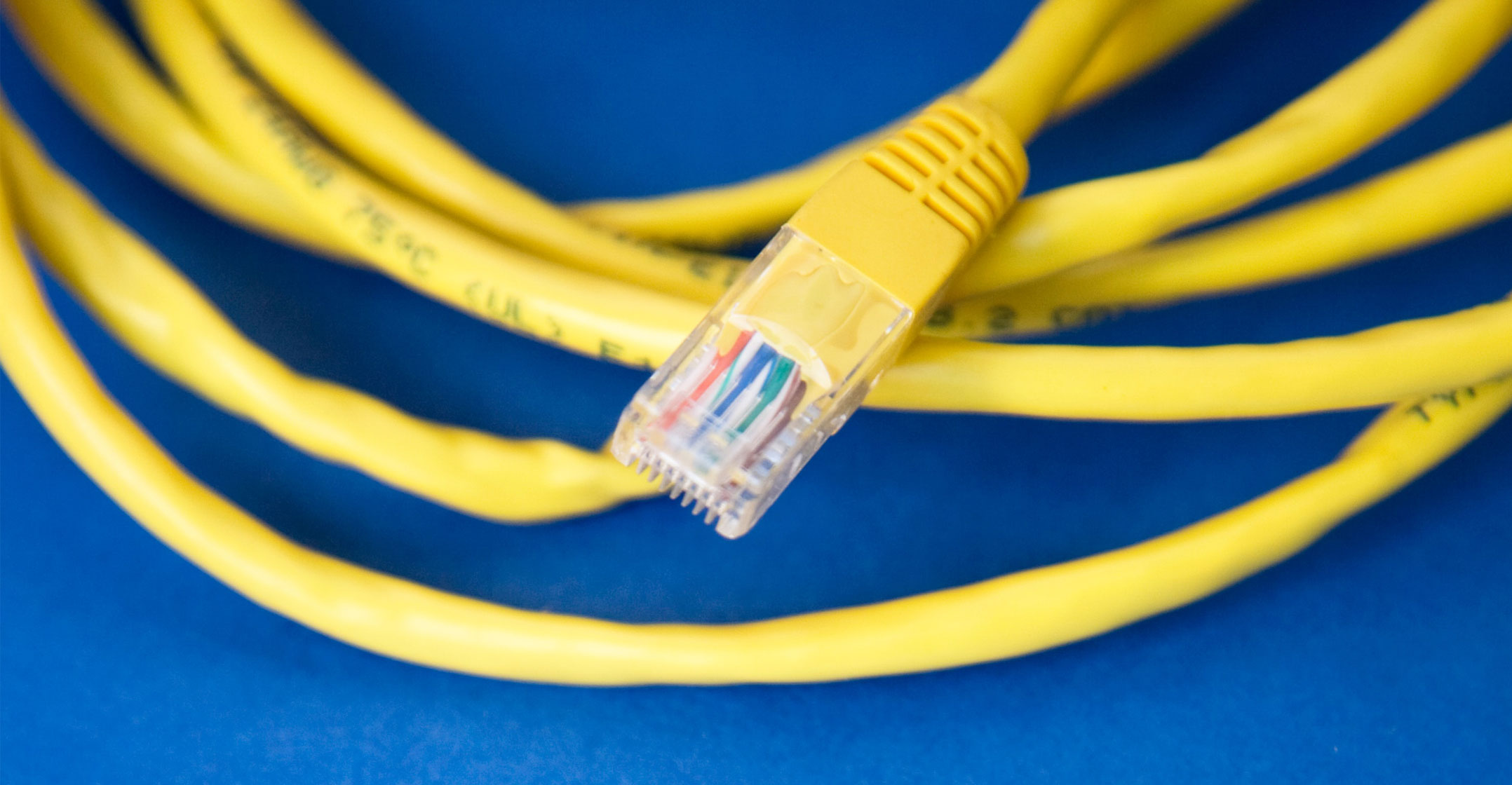 By 2030, every South African should have access to affordable broadband at home, offering speeds of at least 10Mbit/s and generous amounts of data: at least 10GB by March 2024 and 50GB by 2026.
By 2030, every South African should have access to affordable broadband at home, offering speeds of at least 10Mbit/s and generous amounts of data: at least 10GB by March 2024 and 50GB by 2026.
That’s one of the objectives set out in the newly published National Infrastructure Plan (NIP) 2050, which was gazetted on Friday, 11 March.
In the NIP document, government has outlined a “vision for a seamless digital infrastructure”. The document, published by the department of public works & infrastructure, highlights what government wants to achieve in ICT and other sectors by the end of the decade.
It indicates a need identified by the government to increase digital infrastructure to support the roll-out of fibre in rural areas. More specifically, by 2030, 100% of the population should have easy access to affordable broadband of at least 10Mbit/s. The plan notes that digital access is poor and accessibility to broadband to all households is still a long way off.
For example, by 2019, 93% of the population was covered by 4G/LTE services, which was an improvement from 53% in 2015. Urban areas were fully covered with 4G and most provinces had rural coverage of 4G exceeding 80%. However, digital access is poor and, although there is excellent broadband availability across the country, it’s not easily accessible to most households in a way that would indicate meaningful digital connectivity.
The document highlights some of the struggles the country is facing in digital. South Africa performs poorly in demand-side indices such as Internet use, skills and digital awareness. The country slipped down the International Telecommunication Union’s ICT development measures from 78th to 92nd (of 192 countries) between 2002 and 2018.
Missed targets
For example, government had targeted connecting 90% of the population with at least 5Mbit/s by 2020. Although there was significant improvement indicated in the document in the percentage of the population with access to a cellphone, rising from 76% in 2011 to 90% in 2018, and although broadband access improved, accessibility is still poor.
The percentage of households with at least one person who had access to the Internet rose from 33% to 64.7% between 2002 and 2018, although this was almost entirely due to mobile connectivity, not the proliferation of fixed lines: only 10% had access to Internet in the home and/or an internet café or school facilities in 2018.
Although the document is filled with details on the lack of infrastructure, it also shows that Internet access is dependent on things such as data pricing and lack of fibre in most areas.
Most mobile subscribers use prepaid services, too, at a cost significantly higher than post-paid. For example, in 2020 the cost of 1GB of prepaid data was about R100 to R120 – more than double that of postpaid data, at R40 to R79.
 There has been poor progress on digital enablement of government services. Yet e-services have the potential to reduce costs and the cost of living for citizens by reducing or eliminating the need to travel and queue for government services, the NIP says. The document also highlights how state capacity in ICT Is weak in respect of design and procurement. With ever-changing ministers and directors-general, there is a lack of stability in decision making. The national broadband plan should have seen delivery against South Africa Connect targets, especially regarding connecting public buildings. All schools should have been connected by 2020 but only 30% were, for example.
There has been poor progress on digital enablement of government services. Yet e-services have the potential to reduce costs and the cost of living for citizens by reducing or eliminating the need to travel and queue for government services, the NIP says. The document also highlights how state capacity in ICT Is weak in respect of design and procurement. With ever-changing ministers and directors-general, there is a lack of stability in decision making. The national broadband plan should have seen delivery against South Africa Connect targets, especially regarding connecting public buildings. All schools should have been connected by 2020 but only 30% were, for example.
The NIP proposes a multitude of solutions. Highlights include:
- There must be continuous improvement in driving towards universal readiness for a digital world, including the achievement of universal broadband access, digitisation of government services, deepening of ICT skills and capabilities, and enablement of e- commerce, digital finance and digital entrepreneurship.
- There must be a strong and competitive private sector that continues to invest, maintain, upgrade and innovate.
- A public sector broadband and digital services delivery model must effectively engage the private sector.
- There must be sufficient and sustainable public and private finance that enables continuous improvement in delivering universal broadband and supportive ICT services to underserved communities and households and to public institutions.
- Government must have substantial internal professional and technical capability in procuring and overseeing the implementation of universal broadband delivery and e- government services that operate at a global standard suited to South African conditions and that are continuously improving.
- Spectrum must be treated as a national resource that is optimised for South Africa’s development. It should be done in a way that supports enhanced competition as well as universal access obligations.
These are some of the ways government wants to achieve its goals in ICT:
- High-speed broadband must be available in underserved areas and must be affordable and accessible to low-income communities.
- Government services and buildings must be digitally enabled. All government buildings must be connected with high-speed broadband.
- Regulation must enable competitive and universally accessible broadband. Communications regulator Icasa must be held accountable for the quality of regulation with respect to spectrum, pricing, infrastructure sharing and similar.
- Government capacity to design and procure digital infrastructure and services must be technically sound. There will be commitment to institutional stability, good governance and appropriate “capacitation” through senior appointments.
- Private sector participation in achieving universal broadband access is key. The model of delivery will increasingly leverage vibrant private sector participation and blended financing. – © 2022 NewsCentral Media




